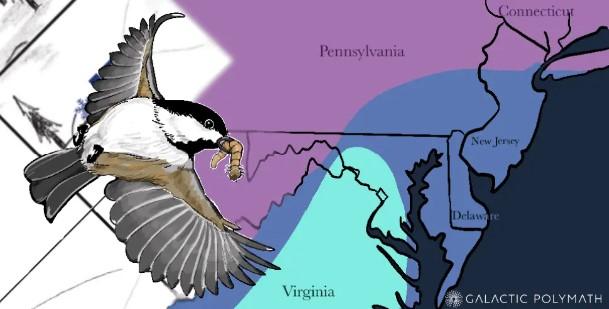In the hybrid zone that encompasses the Lehigh Valley, the habitats of the Carolina Chickadee and the Black-capped Chickadee converge, creating an opportunity for the different species to cross-breed and produce hybrid offspring.
In a new online module funded by the National Science Foundation, it’s the too-often disparate worlds of current research and secondary education that converge to create an opportunity for young learners to engage with high-level evolutionary biology concepts.
The module stems from a research collaboration among Amber Rice, Lehigh associate professor of biological sciences, Scott Taylor, associate professor of ecology and evolutionary biology at the University of Colorado, and Tim Roth, associate professor of psychology at Franklin & Marshall College. It integrates learning standards with interactive lessons and games to help students around the world learn about hybridization.
“As an NSF-funded project, a requirement of our research is to make a broader impact,” said Rice.
“Hybridization in chickadees is relevant to everyone in ways that people may not realize, from the food we eat, to the ways climate change is affecting our ecosystems,” Rice said. “We wanted to bring those ideas to younger students outside of our own academic zones.”
The module is geared toward students in grades 8-12 and designed to align directly with Common Core ELA, NGSS and SEL CASEL-based standards. Created in partnership with education studio Galactic Polymath, the module is available for free.
While the module is designed for classroom use, it is freely accessible to anyone interested in learning about hybridization.







